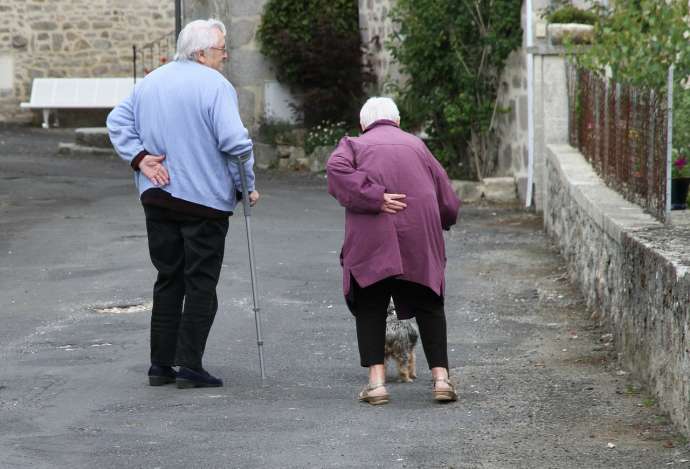STA, 9 July 2019 - Slovenian experts are calling for adjusting government policies to allow people to age decently and to enable companies to get enough labour force, as the world is preparing to observe World Population Day on 11 July.
The main problem in Slovenia is a low birth rate and subsequent population ageing, which could be contained with a higher birth rate or young immigrants, Janez Malačič from the Ljubljana Faculty of Economics has told the STA.
Related: Slovenia’s Aging Population, in Graphic Form
Slovenia's total fertility rate - the average number of live newborns per woman in reproductive age - stood at 1.62 in 2017, just above the EU's average of 1.59.
An ageing population comes with many challenges, such as a shortage of labour as young people are leaving the country, while mostly low-skilled migrant workers are coming to Slovenia.
Some problems also stem from differences among regions, as "people are leaving less developed areas, where towns are getting depopulated, some of them already completely depopulated".
This is particularly a problem in border areas but also in some large towns, Janez Nared from the Anton Melik Geographical Institute at the ZRC SAZU has told the STA.
He sees a solution in making these areas stronger economically and in turning them into an attractive living environment for young people with quality services.
Nared believes this is where new housing estates should be developed, but warns the issue should be approached in a comprehensive manner based on an in-depth analysis.
In 2008-2017, the number of residents dropped in more than 70% of Slovenia's 212 municipalities, with the trend bound to continue, says Nared.
Projections show that more than 90 municipalities will see their populations drop by more than 10% in the coming 20 years.
By 2038, some municipalities will have one young person aged under 15 to five or six elderly aged 65 or more, which will seriously affect the labour market, education, social security and the pension system, consequently presenting a major pressure for the national budget, he says.
The UN declared World Population Day in 1989, two years after the global population reached five billion.
UN data shows there are now 7.5 billion people in the world, but the figure is projected to rise to over eleven billion by the end of the century.
World Population Day will this year focus globally on reproductive health, with calls to decision makers to enable women access to services key to reproductive health.
All our stories on demographics in Slovenia are here






